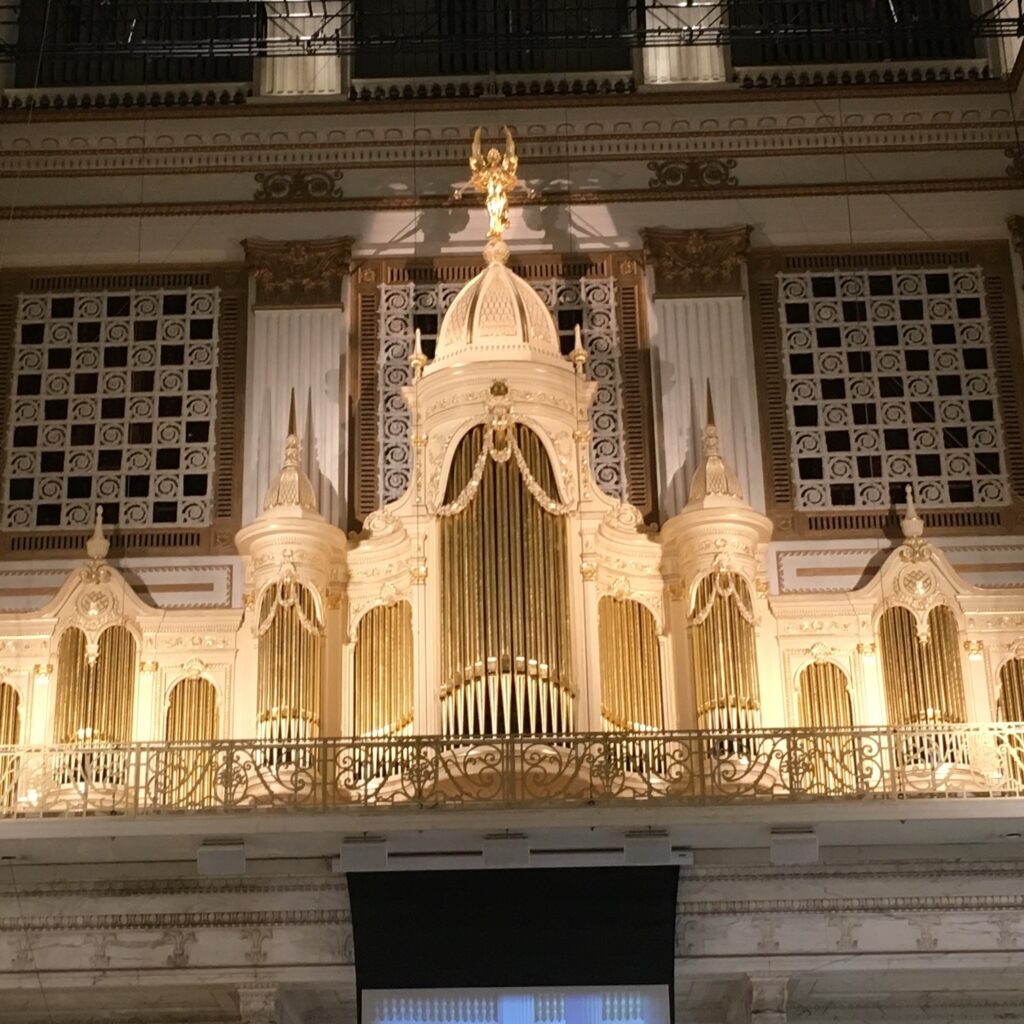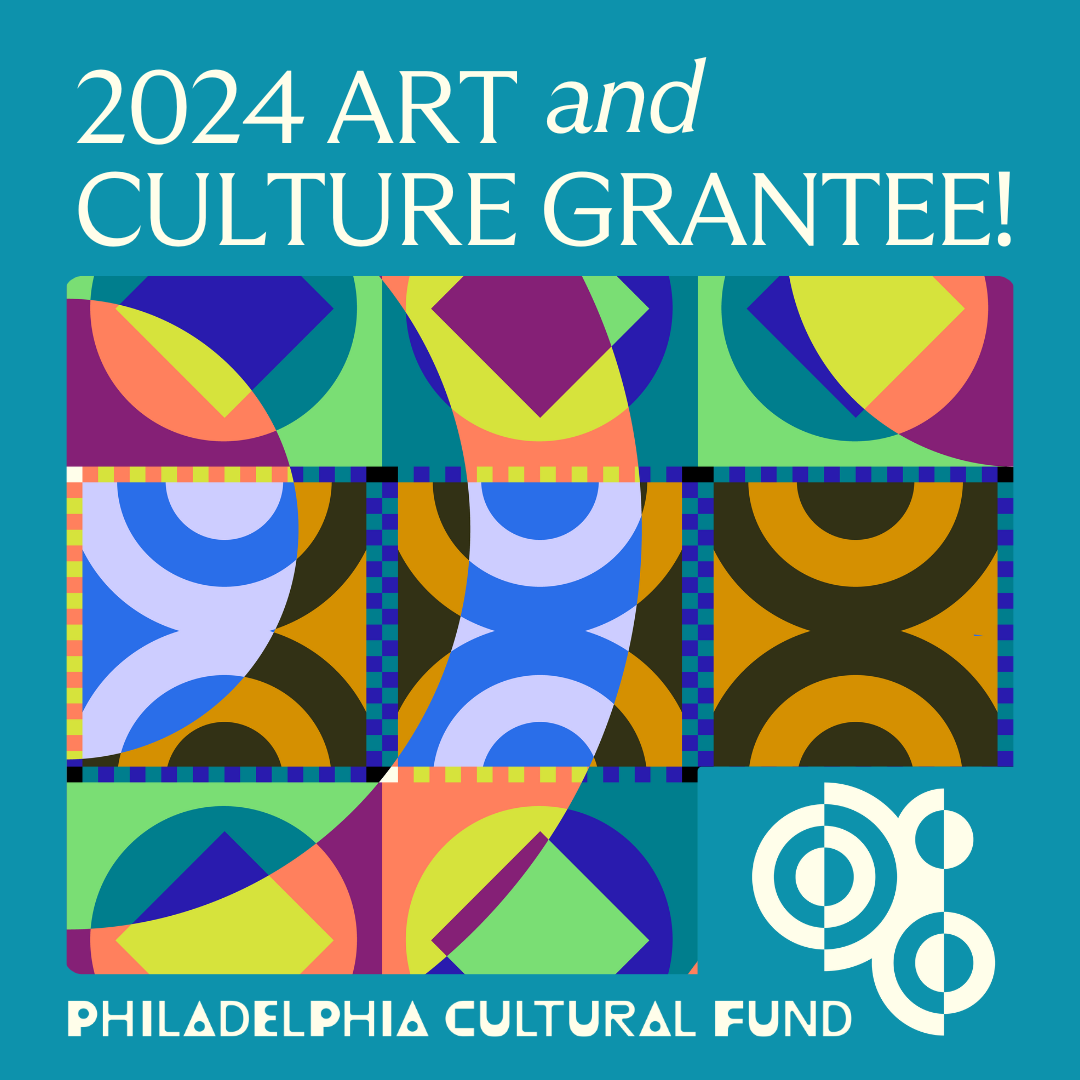Learn how religion affected 18th century society on this tour of the city’s oldest religious structures: from the simple design of the Arch Street Friends Meeting House built in 1804 to the exquisite Georgian-style Christ Church built 1727-1741.
Archives: Walking Tours
Victorian Washington Square West
Many of Philadelphia’s most beautiful townhouses are located along Spruce and Locust Streets in this Center City neighborhood east of Broad Street. Marvel at the Gothic Revival windows, Queen Anne Revival turrets, balconies, bays, garlands and gables designed by many prominent Philadelphia architects.
69th Street Historic District
Explore the historic 69th Street Shopping District in Upper Darby, a major retail center built at the terminus of the Market Street Elevated primarily by real estate developer John McClatchy in the early 20th century. See such notable sites as the Moorish style McClatchy Building, the Romanesque 69th Street Terminal and the Classical Revival Tower
Beaux-Arts
Explore outstanding examples of late 19th century and early 20th century architecture influenced by the Ecole des Beaux-Arts in Paris. From intimate residences in Rittenhouse Square to meticulously designed public spaces, see why Philadelphia is often described as the “Paris of the US.”
Media
Media was planned in the 1850s as the seat of Delaware County. Discover architecture dating from the Federal era, see lavish Victorian homes and enjoy the beautifully restored Beaux Arts/Art Deco Media Theater before experiencing the renaissance of its commercial district.
Chinatown
Philadelphia’s Chinatown is well known for their busy streets, restaurants, and unique markets but how did it get there? Join us on a journey to uncover Chinatown’s history, view the impacts of Philadelphia’s development, and struggles the community faced as they carved their place into Philadelphia.
Golden Age of Retail

Gimbels Thanksgiving Day Parade…Strawbridge & Clothier’s Corinthian Room Restaurant…Blum’s window displays…Wanamaker’s Light Show and Rocket Express… Revisit the enchantment and resplendence of downtown, brick-and-mortar retail on this special holiday tour. Executive Director of the Preservation Alliance and honorary tour guide Paul Steinke will share the architectural history of Philadelphia’s central commercial district and recount the
Around Washington Square
Walk around one of William Penn’s original planned public parks. Learn how this square served as a burial ground for over 1,200 Revolutionary War soldiers, then as a potter’s field before receiving its present name in 1825. See The Athenaeum, the first Italian Renaissance building in the US, and learn how the Square became home
Society Hill Sacred Sites
Due to its Quaker origins, Philadelphia has long been hospitable to worshipers of many faiths. See history come to life when visiting reclusive St. Joseph’s Roman Catholic Church, classical Old Pine Street Presbyterian Church, Romanesque Revival Mother Bethel Church, Georgian St. Peter’s Church, and Gothic Revival St. Mary’s Church.
Littlest Streets Fitler Square
Experience yet another intimate neighborhood within Center City, just southwest of Rittenhouse Square west of Broad Street. Learn about the early Irish settlers and other immigrants who first settled here and about their industrial ties to the nearby Schuylkill River.
